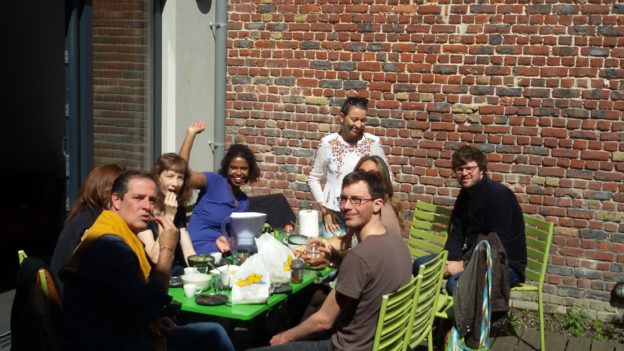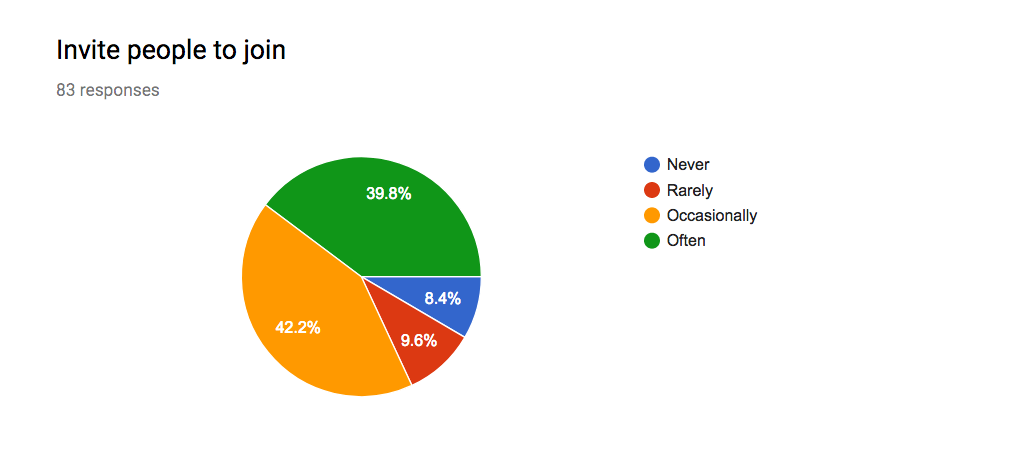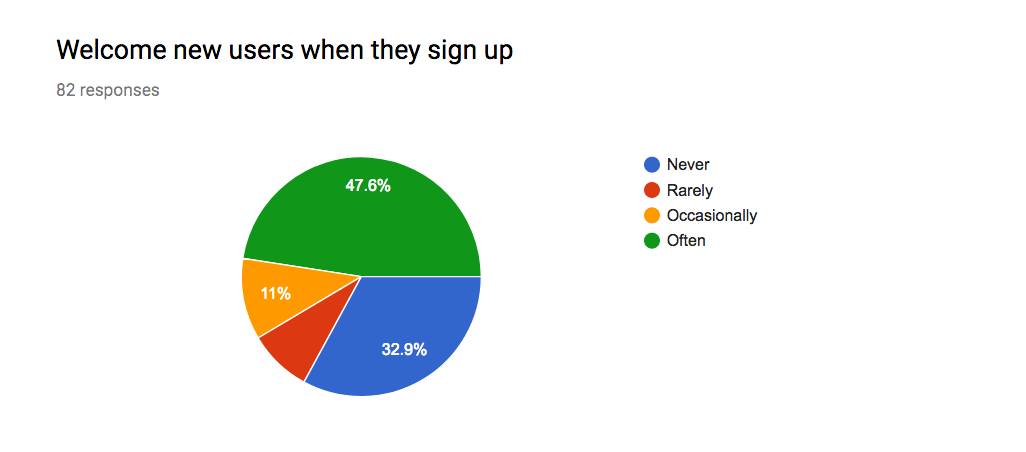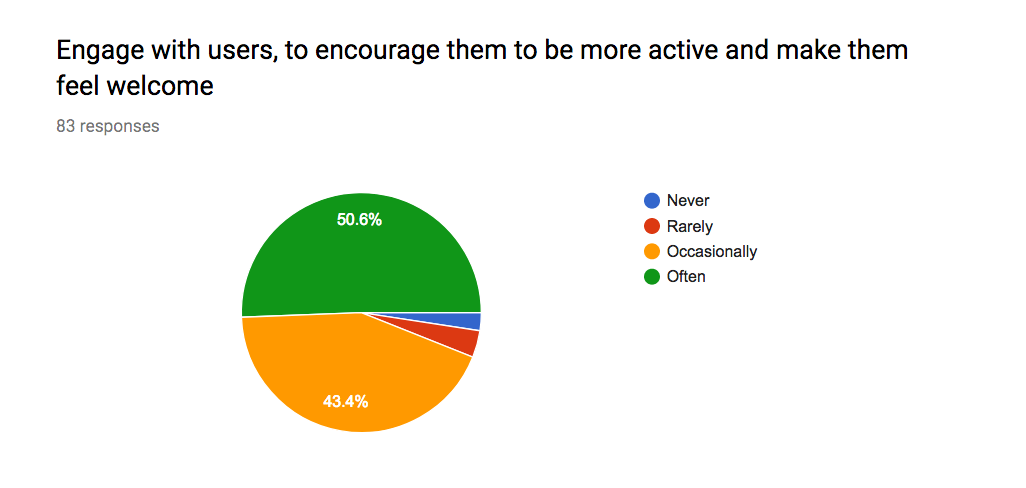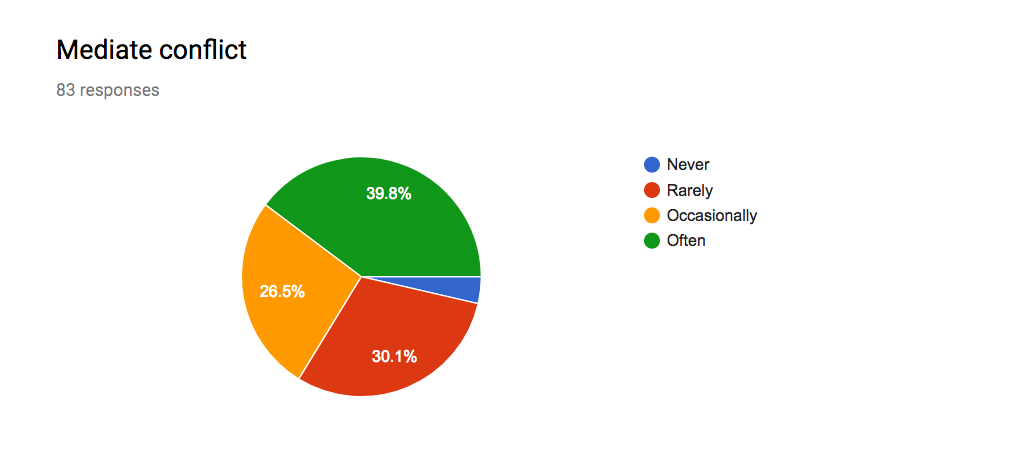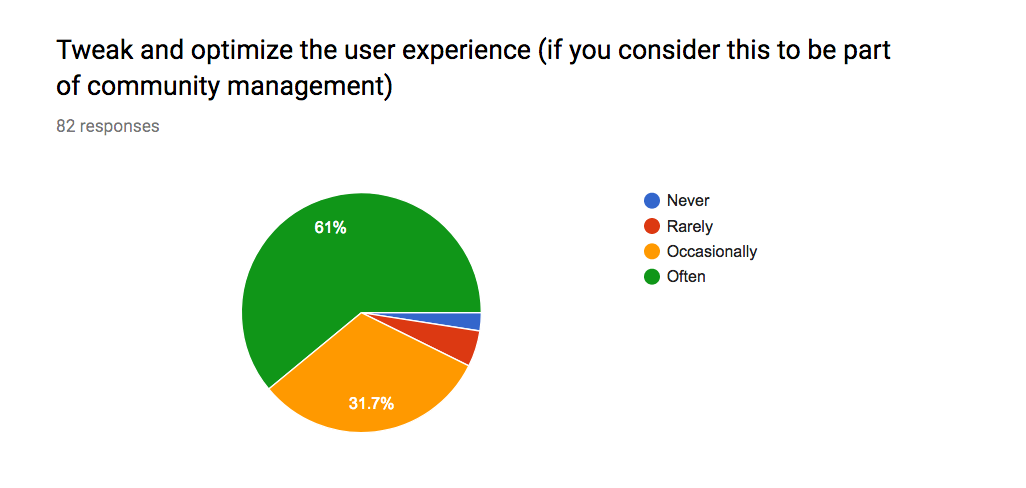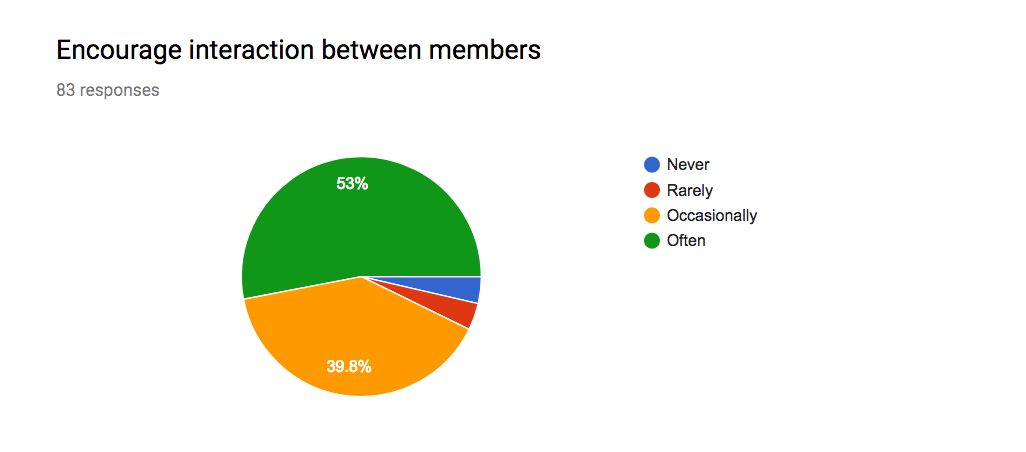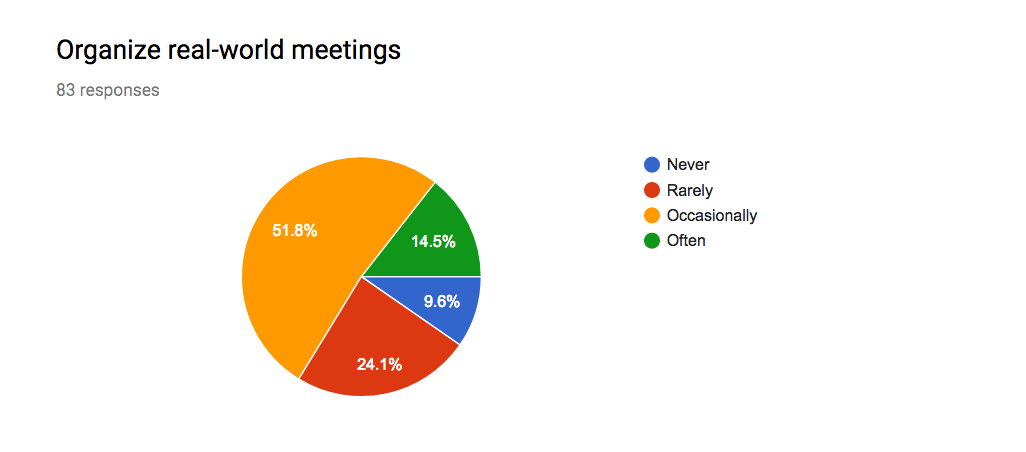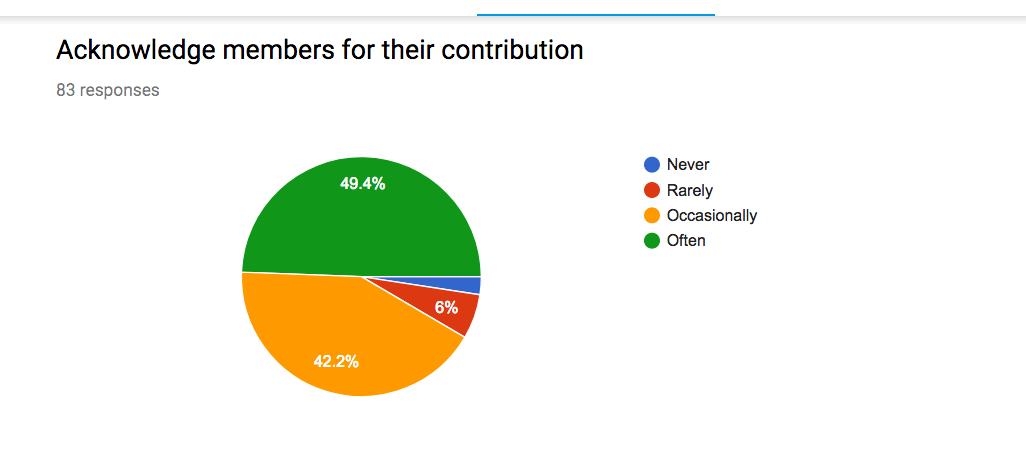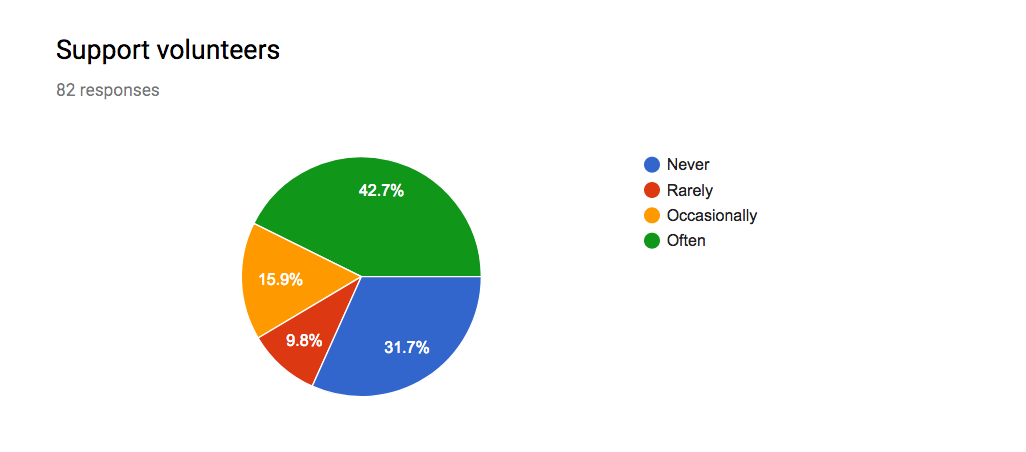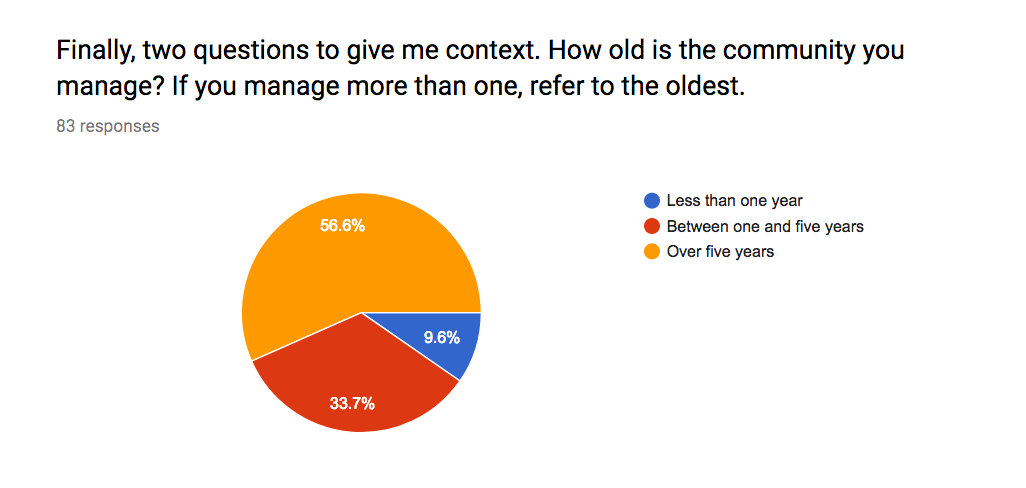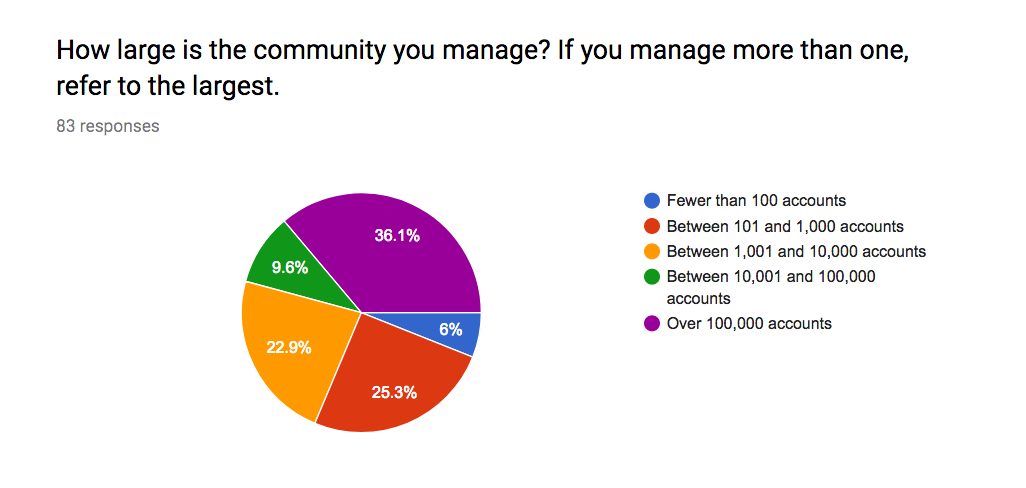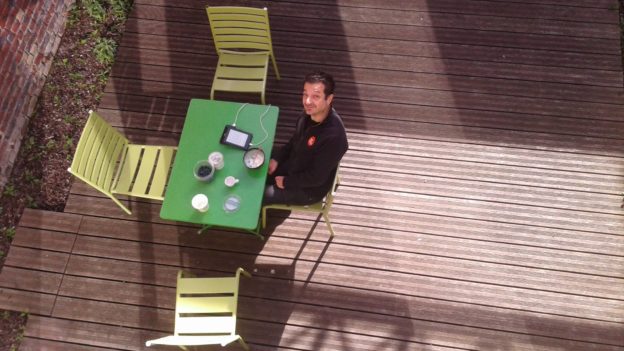This is a text that I wrote to underpin my address at a recent workshop on citizen engagement organized by Climate-KIC. I share it here with the consent of Climate-KIC itself – thank you!
Good morning everyone. Today I would like to talk about participation as it discharges as place-based innovation. I will start by describing how many people in the west, especially young, have relocated from familiar forms of democratic participation like engagement in politics, to less familiar, more direct ones. I will then propose that a lot of these forms are place-based, and will describe some of our own experiences in this respect. Next, I’d like to propose a few thoughts as to what’s magical about places, and why they might represent a fantastic opportunity for citizen engagement. To conclude, I will reflect briefly about the role of government in all this.
1. Social innovation as a form of democratic participation
As an open government veteran myself, I sometimes feel a little uneasy with the opengov battlecries of the 2000s. Substantial effort has been allocated to advancing the three pillars of transparency, participation and collaboration; undeniable progress was made. Yet, it is not clear that this has resulted in a more cohesive, effectively governed society. If anything, in the late 2000s and 2010s we have witnessed a retreat from traditional democratic politics of many active minorities, that have flocked instead to direct action in forms old and new. There has been a wave of very concrete initiatives: social innovation, intentional communities, crypto- and local currencies, community-based health care.
Some examples:
- * health care: Open Insulin; Woodbine Health Autonomy; Helliniko Metropolitan Community Clinic; Four Thieves Vinegar Collective.
* infrastructure): Guifi, El-Mutamidya ring road ramps.
* place-based: Calafou, Wir Bauen Zukunft. (Lots of work done on public spaces. I will come back to this later.)
The retreat from politics is rational from the point of view of these people, and this is not necessarily a bad thing. In an open society, you can fight for a change of paradigm building things according to that paradigm, and making them work. In Edgeryders, we say “social innovation is the new democratic participation”. Instead of advocating for employers to give employees full freedom on whether to show up for work or not, I can myself start a company that does this. This will solve my own problem _instantly_, and serve as a proof of concept of my idea, so it can help convince other employers to do the same. In the end, if the concept is winning, it will be adopted by most employers, with no need to go through the dance of lobbying for regulation, political debates, supporting candidates that support the idea etc. etc.
2. Walking the talk: from Edgeryders to place-based innovation and back
This idea was enticing, and I like most people who are carrying it forward. So, in 2013 I was a part of a small group of folks who re-used an online community from a recently mothballed Council of Europe project, and started a company on top of it: Edgeryders. I am not going to talk about Edgeryders per se here – if you want to know more, talk to me during a break. The point I want to make here is this. Even a small, inexperienced, but sustainable company is a quantum leap from traditional activism or participation, because it allows people to be shaping society with no inner conflict. Activism entails a cost that must be balanced against other needs (income, security, professional realization…), whereas, if you align financial incentives with the “change you want to see in the world”, your path becomes clear and peaceful.
So what happened to us once the company started to find its legs? We went where our community was taking us. And our community was taking us, increasingly, to places. We are seeing a lot of place-based social innovation. Time and again, from Portugal to Egypt, from Germany to Georgia, people colonize spaces and rethink them. I would like to say a few words about what people are doing; then move on to why we think this is happening; and then briefly reflect on what kind of economy this implies.
What we are seeing, roughly, is two things. One is an intense desire to claim, extend, deepen and beautify public spaces. Squares, industrial buildings, parks. Powered by cheap and open knowledge and technology, citizens are becoming more and more ambitious, as mentioned before. But an important driver seems to be the very human need for sociality and community, for simply meeting each other.
The other one is a strong utopian drive. We see a strong aspiration to a full redesign of everyday life starting from first principles, to making one’s own rules. It’s a sort of “intentional communities redux”. There are many advantages to this sort of move, which I will discuss in a minute, but also one major disadvantage: these things tend to happen where land is cheap, and cheap land is associated to to a rural lifestyle and limited network externalities. This constrains the growth potential of these intentional communities.
Feeling the call of this kind of work, we started trying to dream up projects that would give people in our community the opportunity to be involved in place-based innovation, and try to sell them to our clients. We had the first breakthrough in 2014, with the unMonastery in Matera; we prototyped a “non-religious monastic order for living and working together, in the service of a local community”. The idea was for the Fondazione Matera 2019 to have a place where residencies for social innovation could happen. The unMonastery attracted a lot of attention, and the ECOC adjudicating panel remarked on it when assigning Matera the title. More importantly, by the end of the 6-months prototype people were showing up at our door, attracted by the low costs of living and the utopian streak.
As soon as Matera won the title, the foundation running the candidacy fell prey to re-organisation and political squabbling. Activities were dropped. Momentum dissipated. Eventually a group of former unMonasterians found their way to starting their own organization and moving to the Athens area, where they continue to develop the concept at a much slower pace. This made us very wary of doing this kind of work within funded project cycles.
But the concept stayed with us. We started making temporary homes in regions where we do some work, and are interested in staying. The first such place was in Kathmandu in 2015. Two people from Edgeryders lived there during six months, and there was an extra room that would be given to people in the community that were curious about what we were doing, no strings attached. It was a cheap way to attract talent and ideas, and at the same time to enable people in the community to try the experience of living in Nepal in a cheap and companionable way. The Nepal project finished, but it triggered a new business idea that two people in Edgeryders (one Nepali, one German) are now developing: a co-living space + co-working + coffee roastery + coffee shop in Kathmandu.
In early 2018 we did the same thing, on a larger scale, in Northern Africa. We rented a villa in Sidi Kaouki, on Morocco’s Atlantic coast, and launched a program for people in the MENA region to develop open source projects together. Our vision is to collectively build the expertise and some tech to live and work in communal contexts, where we can enjoy a more sociable and free life and lighten the yoke of the mortgage/rent. One project being developed is an open source optical coffee sorter, to be used in Nepal to secure a fair and cheap supply of local coffee for the roastery. We plan to use it ourselves, and possible make a little side business where we would build more machines and give them to coffee farmers as a partial in-kind payment for the produce. We hope to help open hardware culture to get a foothold in rural Nepal, where there is still some breathing space from advanced capitalism (no John Deere tractors that won’t start until you download the proprietary firmware).
This time we decoupled the operation from project funding, and financed it from ER reserves. We see it as an investment in the region; looking to expand the community and skill it up by entering into relationships with Arab hackers/open source technologists/social innovators. We have a large client in the region, the World Bank, so investing makes sense.
The Sidi Kaouki house turned out to be “too artificial” to be sustainable. The two main people animating the space were Matthias , a German, and Hazem , an Egyptian. Also, local authorities were quite suspicious of these weird foreigners. We then shifted to supporting a community member from Tunisia, a young woman called Yosser , who dreamed of a space in her own city, Medenine. The space, Ourghema, opened for business in May 2018. We are committed to supporting it any way we can.
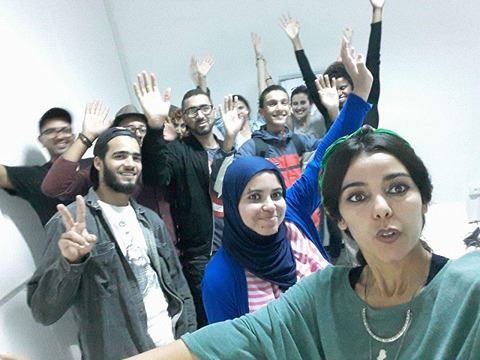
In 2017, we took it much closer to home – in our home, in fact. Edgeryders is based out of a compound in Brussels we call The Reef, after coral reefs offering a scaffolding for many species to interact within an ecosystem with no central control. The Reef consists of two duplex lofts joined by a courtyard. It is both the company’s office and the home of three of the company founders, myself included. A fourth person also lives there, who is not involved in the company; and we have an additional room, that we use both for personal guests and to host people that do work with the company, for example for developing a project. Cheap accommodation and communal living give our work extra efficiency, reduces commuting to zero and brings down our living costs.
It also improves our ability to be good citizens of planet Earth, because, within our value system, good signals get amplified by the collective, and bad ones get dampened. So, when Noemi decided she would try to reduce the amount of plastic waste she produced, we all followed suit. Without even noticing too much, we started trading small advice as to where to shop in bulk, and how to best carry purchases. Our waste production went down quite dramatically. I estimate plastic is down by at least 50%, but surprisingly I think overall production is down maybe 30-40%, despite organic waste production being up about 20%. Another thing we do is motivate each other into eating well, exercising and staying healthy. Packaged food has all but disappeared. Everyone is doing yoga, or Pilates, or running (the joke is “we are going full hippy”). When opening the workshop, Angelica mentioned “needing every individual”, and “communities of change agents”. Are we one such community? I guess we are, but most of the time in a kind of relaxed, unassuming, back-of-your-mind way.
The Reef has been running for about 18 months now, and we are looking to expand it. Our colleague Maria Coenen is working on it now: the new Reef will be much more ambitious in terms of design for co-living; it will ideally include a space for hosting external businesses that we can be a client of (yoga studio, gym), and be home to 8-12 people. We dream of making it carbon-neutral, or close. Of course, this is now 100% decoupled from any kind of project work. As long we are not dead, it can stand.
3. Winning the challenge: what’s it about spaces?
What’s with this fascination for spaces? Why are they so conducive to tinkering and innovation? To a first approximation, our conclusion is: this hanging out in the shadow of some shared purpose (which can be very vague, as was the case of the unMonastery), this living together makes it much easier to lift our gaze from the day-by-day and encourage each other to take on bigger challenges. How can we make a coffee sorter for 500 USD (commercial machines cost 20-30K), like in Sidi Kaouki? How can we reduce to near zero the production of plastic waste, like in the Reef? How can we help each other prevent health problems by changing our lifestyle, rather than get into stressful, pathogenic jobs to pay expensive health care, like at Woodbine Health Autonomy Center? Can we reduce our building’s carbon emissions by 90% in three years? How? Maybe we turn off the heating and work on wearables, so as to “heat bodies, not air”? This kind of task struggles to find its way into our individual lives, but almost always someone will start something similar in a shared space.
But not we need an explanation for the explanation. Why does this happen?
I would like to offer two partial explanations. One is what some of my colleagues like to call “dense networks”. Spaces act as network lattices, connecting people who traverse them with high-bandwidth links. New conversations kick off. Mutual learning happens. In a book called Where good ideas come from, Steven Johnson proposes a “connectivist” approach to innovation. We innovate by connecting ideas, not by protecting them. Moreover, the pattern of connectedness should be massively redundant and emergent, not managed from the top; “like water”, not “like programs of collaboration between university and business around these three buzzwords that happen to be flavour of the month”.
Johnson is deeply influenced by theoretical biology: he thinks about innovation as a kind of evolution. He talks about coral reefs a lot. Coral reefs string together thousands of species in a complex ecological web that results in incredibly abundant and diverse life in the most nutrient-poor waters on the planet. He can see many equivalents in the social world, including the Internet and, yes, certain shared spaces.
His model is perhaps not a great fit for “big science” research, with programs that develop over decades and cost tens of billions. It works best for incremental innovation, tinkering, recombining. The kind of stuff we – and the communities that we feel part of – do. Don’t think these are just a handful of wild-eyed fringe nerds: empirical research by Eric von Hippel and others agrees that innovation is a mass sport. 2-6% of people in Western countries engage in product innovation. On a global scale, that’s hundreds of millions of people. Anything that accelerates this work is bound to have an incredible impact.
The second explanation is that shared spaces encourage thinking in terms of producing public goods (or, to use Marianna Mazzucato’s more comprehensive definition, public value). When people are sharing a space, there is a strong and visible incentive to produce public goods, because they do not go scarce. This makes it easy to mobilize the group towards producing them, because the whole awkward, even painful discussion about who gets what from the value produced in common is sidestepped. Everyone can have everything! This is true of open source knowledge, of course, but also, in habitats like the unMonastery, of the kitchen. Once built, or beautified, a beautiful kitchen just keeps making everyone’s life better, with no rivalry in its enjoyment. Shared spaces steer us towards producing an economy of abundance, rather than scarcity. If this hits a critical mass, it can trigger a positive feedback loop: shared spaces encourage producing public goods, which produce abundance, which draw more people towards shared spaces, so that more public goods are produced etc. Those of you who are into economic theory will be reminded of Elinor Ostrom, and, more recently, Mariana Mazzucato.
Note: public goods imply an answer to the question that Anthony mentioned: who are we engaging? By definition, public goods benefit everybody. But in general they only need relatively small minorities to produce them. So, an economic model based on public goods calls for an engagement model open and inclusive, but high threshold. Everybody is welcome to contribute, but contribution tends to be relatively specialized. Few people answer the call. As I write this, Wikipedia has 500 million monthly visitors, but only 100K editors, including those who only edit pages of celebrities. 12,000 of them are eligible to vote in the Wikimedia Stewards election.
4. What role for government?
I want to leave you with a short reflection on what is the role of government institution. In a sense, this takes us back to citizen participation, where we started from 10 minutes ago. Start by noting that this way of doing thing is very participatory and inclusive. This is because the 2-6% of innovators that von Hippel has discovered can work far more effectively if an additional 5-10% of their fellow citizens come forward to be beta testers and early adopters of their innovations. In a teeming “coral reef of social innovation” there is really work to do for everyone.
In our experience, spaces are a fantastic opportunity for public institutions to push the kind of public goods innovation that they see as in line with public interest. It’s policy judo, hence very efficient: using what some people want to do anyway as wind in society’s sails. However, working with these communities requires strong, confident government partners. Value judgments must be made; stable partnerships must be built, and their terms honored. To the extent that finance is needed (not always, not for everything), finance needs to be patient, well beyond the political cycle. Active, innovative communities around shared spaces work best with what Mazzucato calls the entrepreneurial state: public sector actors with vision and purpose, serving the public in a long term perspective, focused on generating public value and not on “leveling the playing fields” and “getting out of the way of private business”.
Strong cooperation with public institution has also the added value of “bringing back into the fold” the more radical utopian fringes of these communities. They – or rather, us – can and should be made to feel like they are part of a large distributed effort to take care of each other, and steward our planet, and our heritage as humans. This is an avenue to citizen participation that we, at Edgeryders, see as emergent. I propose to all you present today that it deserves some of your attention. We certainly want to be part of it in the decades to come.
